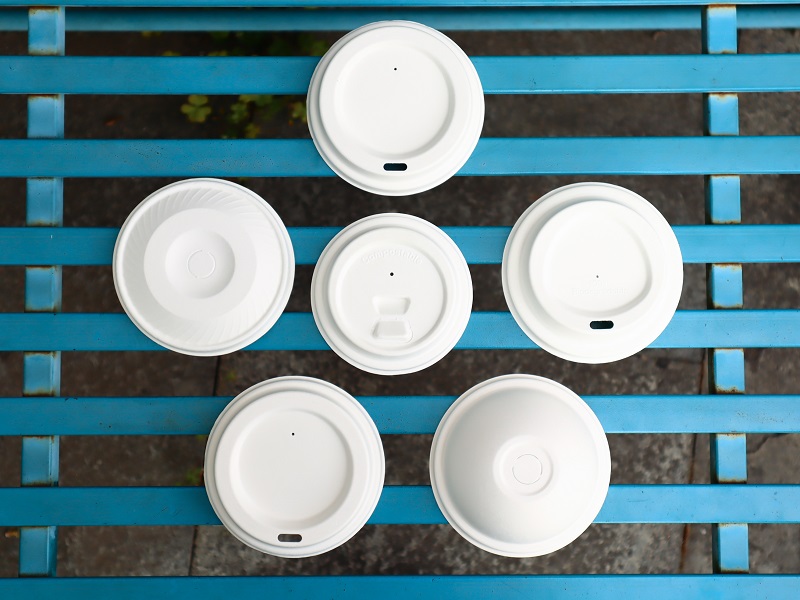Global Leading Automatic
Production Base of Eco Cup Lids
Production Base of Eco Cup Lids
This article delves into the design innovations that have been realized in the creation of sugarcane bagasse pulp cup lids.
As the world grapples with the environmental impacts of single-use plastic products, new innovative solutions are continually emerging.One such innovation is the development of sugarcane pulp, also known as bagasse, as a material for disposable items like cup lids. This article delves into the design innovations that have been realized in the creation of sugarcane bagasse pulp cup lids.
Creating a sugarcane pulp cup lid involves a process quite similar to the one for making sugarcane pulp plates. The process involves extracting the leftover fibrous material from sugarcane after juice extraction, cleaning the pulp, and then using heat and pressure to form it into cup lids. This entire process is designed with the goal of producing a product that is not only functional but also eco-friendly.

Design innovations in sugarcane pulp cup lids have made it possible to achieve a product that rivals traditional plastic lids in both functionality and convenience.
1. **Fit and Seal**: One of the major challenges in designing an alternative to plastic cup lids is ensuring a secure fit and seal. Innovations in sugarcane pulp molding techniques have led to the creation of lids that fit snugly on cups, providing a seal that prevents leaks and spills.
2. **Heat Resistance**: Unlike conventional plastic lids, sugarcane pulp lids are heat resistant and can withstand hot beverages without warping or melting. This is a significant improvement in the design of disposable cup lids.
3. **Drinkability**: Innovations in design have also led to sugarcane pulp lids that offer easy drinkability. Some designs feature a pre-cut hole or a push-in indent, similar to those seen on traditional plastic lids.
4. **Stackability**: To facilitate storage and transportation, sugarcane pulp cup lids are designed to be stackable, an attribute that was once exclusive to plastic lids.
Environmental Impact The most significant advantage of sugarcane pulp cup lids is their minimal environmental impact. These lids are 100% compostable and biodegradable, drastically reducing the waste that ends up in landfills compared to their plastic counterparts. Moreover, the use of sugarcane pulp, a byproduct of the sugar industry, reduces waste and enhances the overall sustainability of the product.
Challenges and Future Prospects
Despite the many advantages of sugarcane pulp cup lids, challenges remain. The cost of production is higher than traditional plastic lids, which may deter cost-conscious businesses and consumers. Moreover, while these lids are compostable, the lack of composting facilities in many areas means they often end up in landfills where they decompose at a much slower rate.
However, these challenges present opportunities for further innovation and growth. Technological advancements can help bring down production costs, and increased awareness about the importance of composting can lead to improved infrastructure and facilities. Moreover, as more businesses and consumers prioritize sustainability, the demand for eco-friendly alternatives like sugarcane pulp cup lids will likely continue to grow.
Conclusion
The design innovations in sugarcane pulp cup lids represent a significant step forward in the quest for sustainable alternatives to single-use plastics. While challenges remain, the potential environmental benefits are enormous. The continued development and adoption of products like sugarcane pulp cup lids will be crucial in our efforts to mitigate the environmental impacts of our consumption habits and move towards a more sustainable future.
